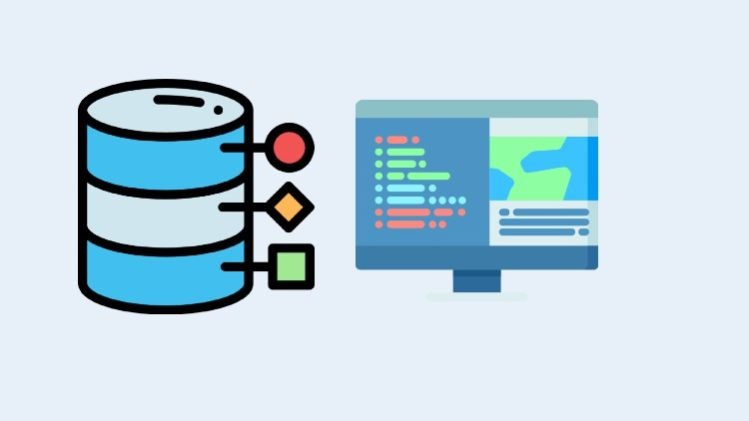In this comprehensive course, you will embark on a journey of learning and practical application that leverages MySQL databases and Python programming. By the end of this course, you’ll have built a database-driven application and an API using Python, Django, MySQL, and the REST framework.
MySQL, an open-source relational database management system (RDBMS), is renowned for its speed and reliability. Python, on the other hand, is a versatile and powerful high-level programming language, praised for its simplicity and readability. The combination of these two technologies provides a solid foundation for creating robust and scalable web applications.
The first part of the course is dedicated to providing you with a thorough understanding of MySQL databases, where you will explore MySQL’s capabilities, including data types, operators, SQL statements, and table joins. From creating databases and tables to writing complex queries, you’ll gain hands-on experience and learn best practices for optimizing your database.
Next, you’ll immerse yourself in Python programming, where you will learn Python fundamentals which includes, Expressions, Statements, Variables, Operators, conditional statements,loops and functions.
We will explore how to build a database driven application and API using Python,MySQL, Django and the REST Framework.
Throughout the course, we’ll be creating a fully functional web application and API from scratch, which will serve as a tangible testament to your newfound skills. This project-based learning approach ensures you understand the concepts and how they come together in real-world applications.
Whether you’re a beginner looking to jumpstart your career in web development, or an experienced programmer aiming to add new tools to your repertoire, this course will provide you with a thorough understanding and practical skills to build database-driven apps and APIs with Python, Django, MySQL, and the REST Framework.
Join us in this exciting course, “MySQL Databases | Python Programming: Build Database Driven App and API”, and take your web development skills to the next level.






